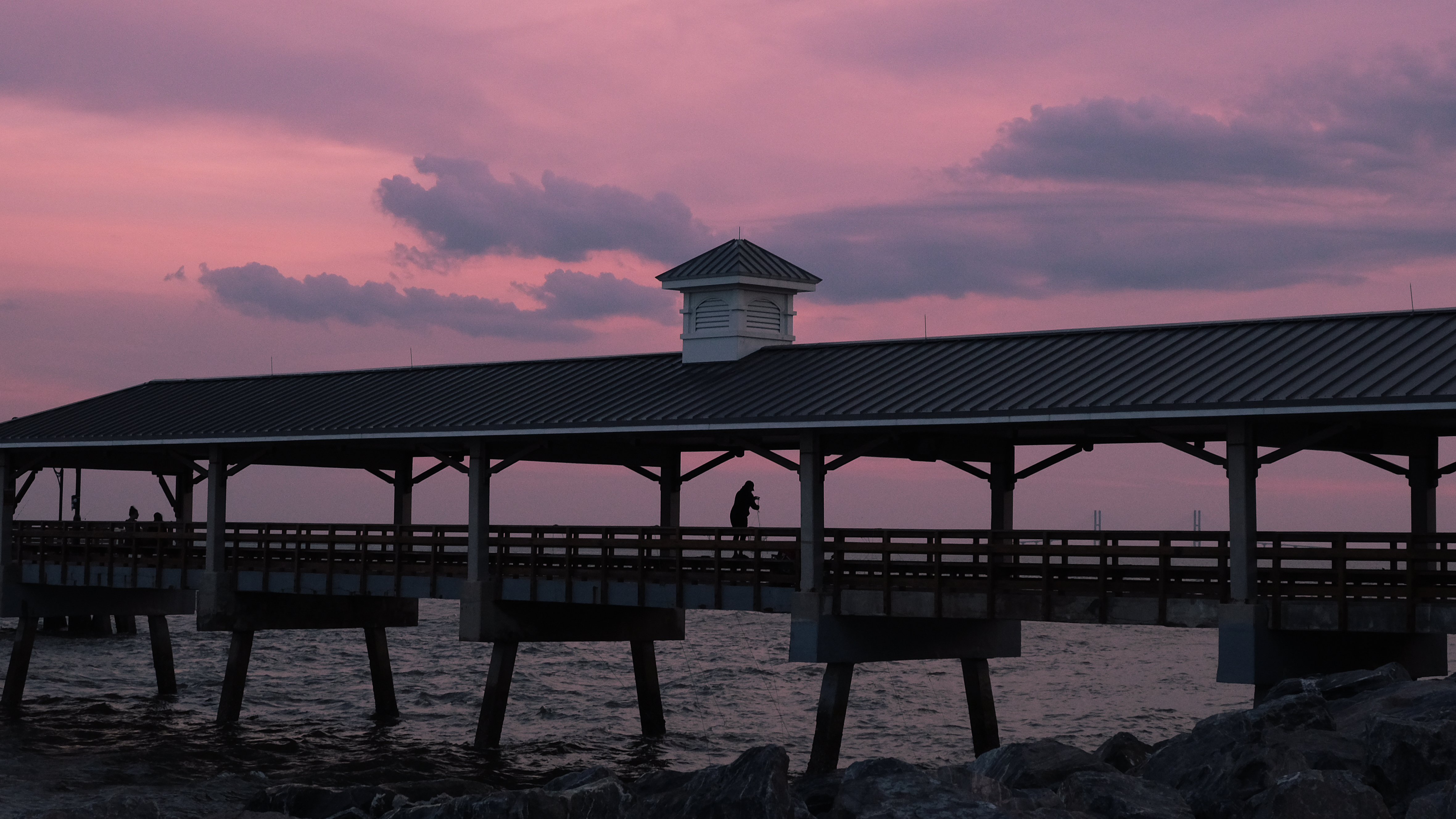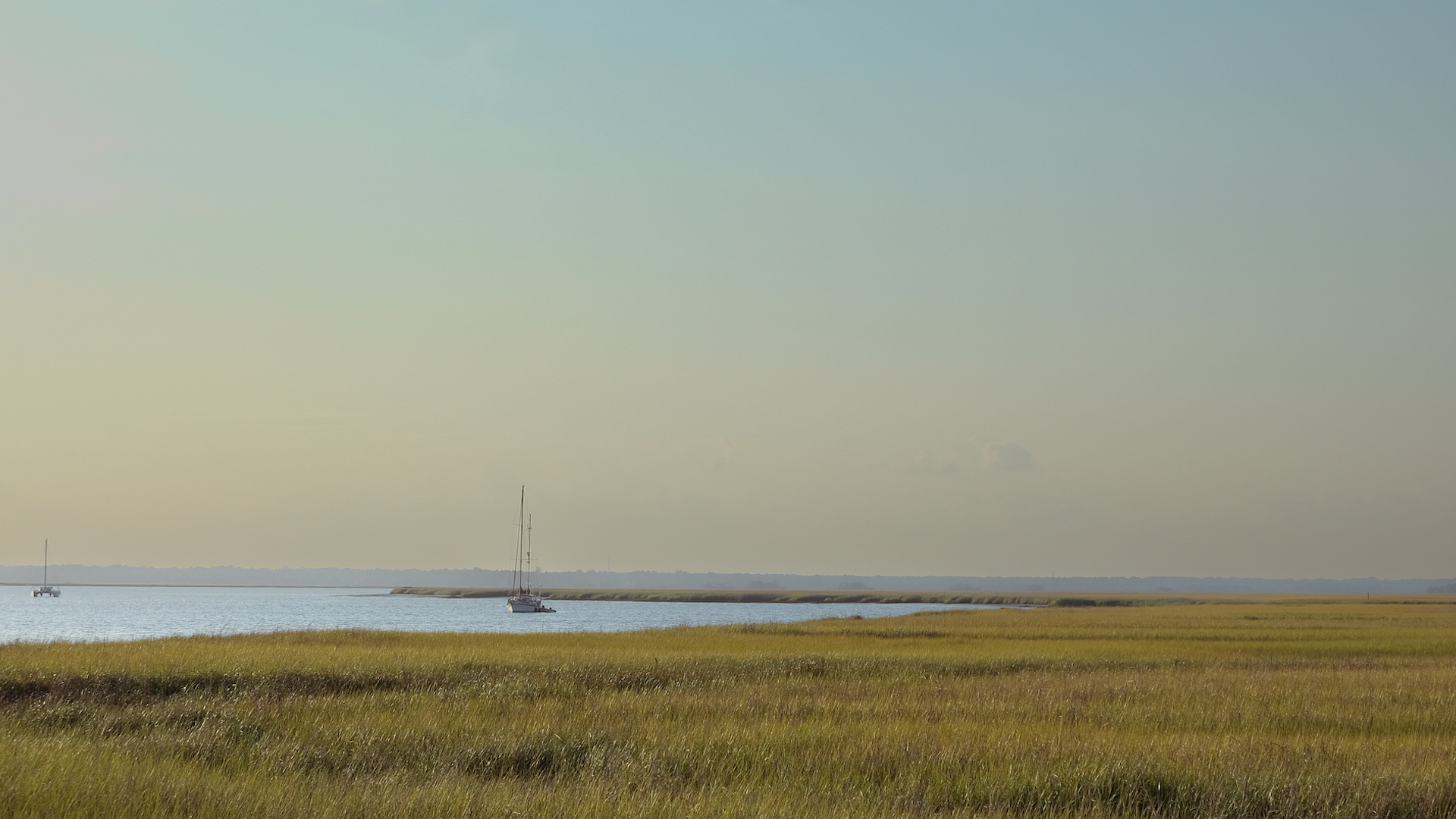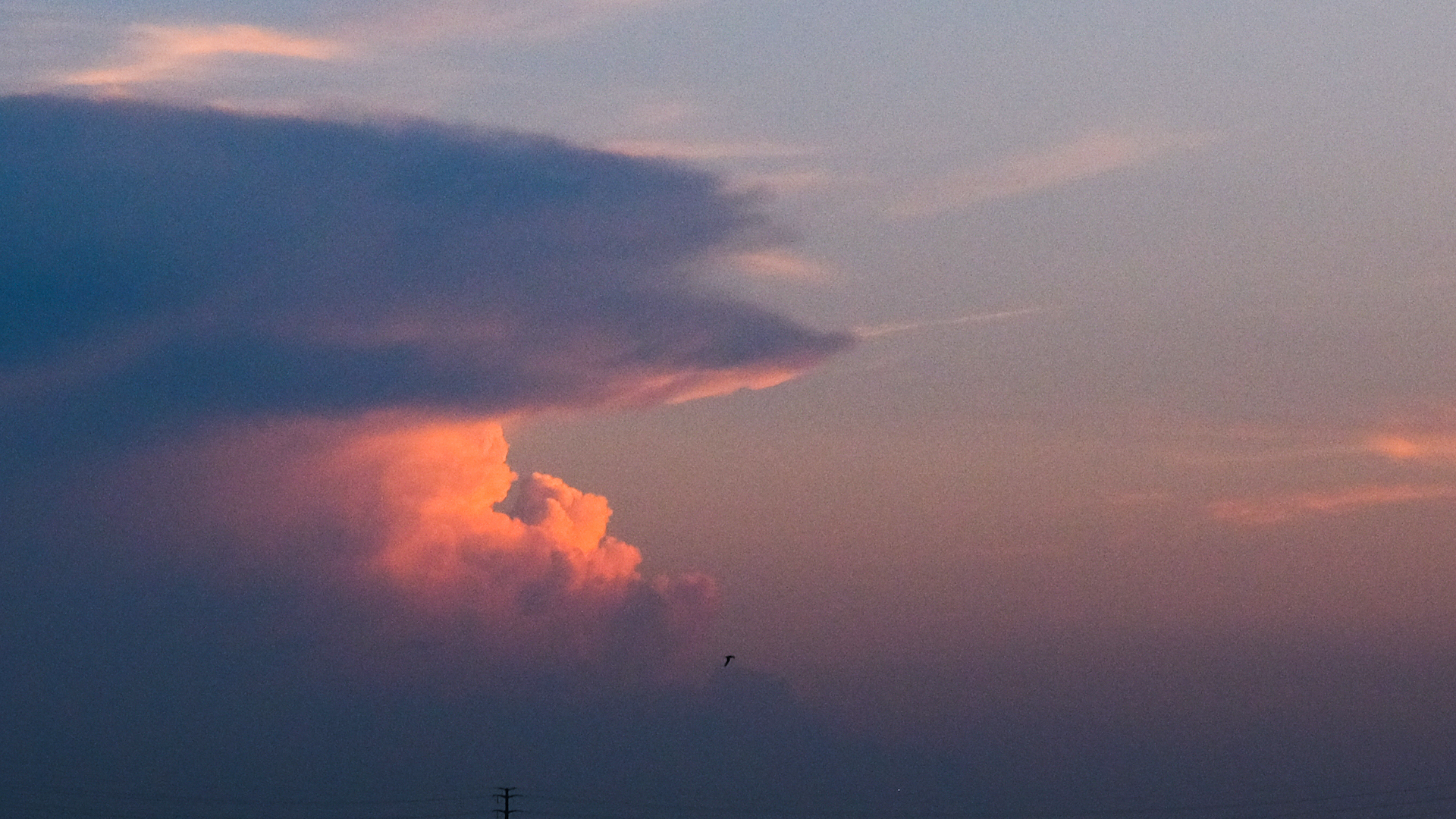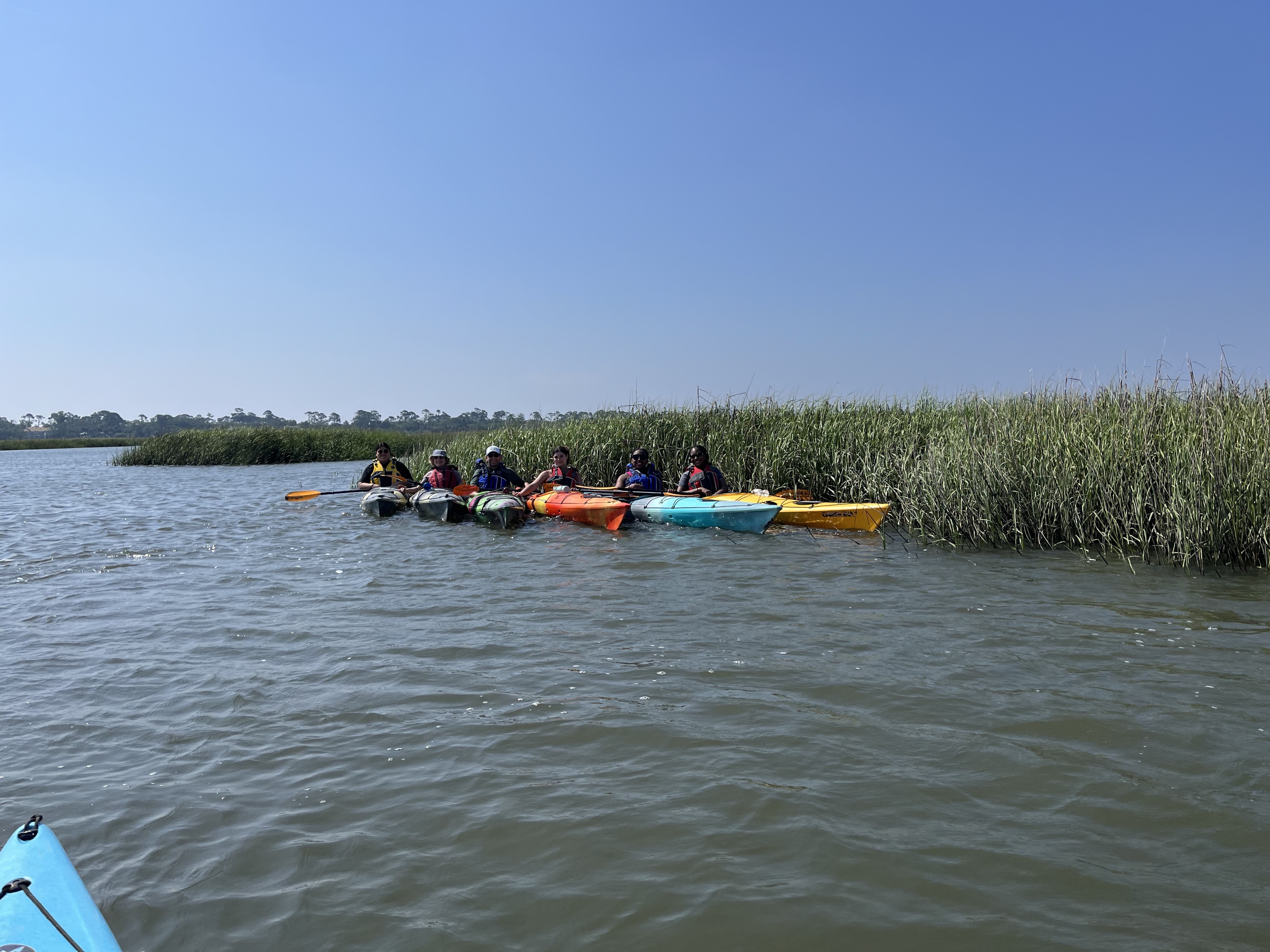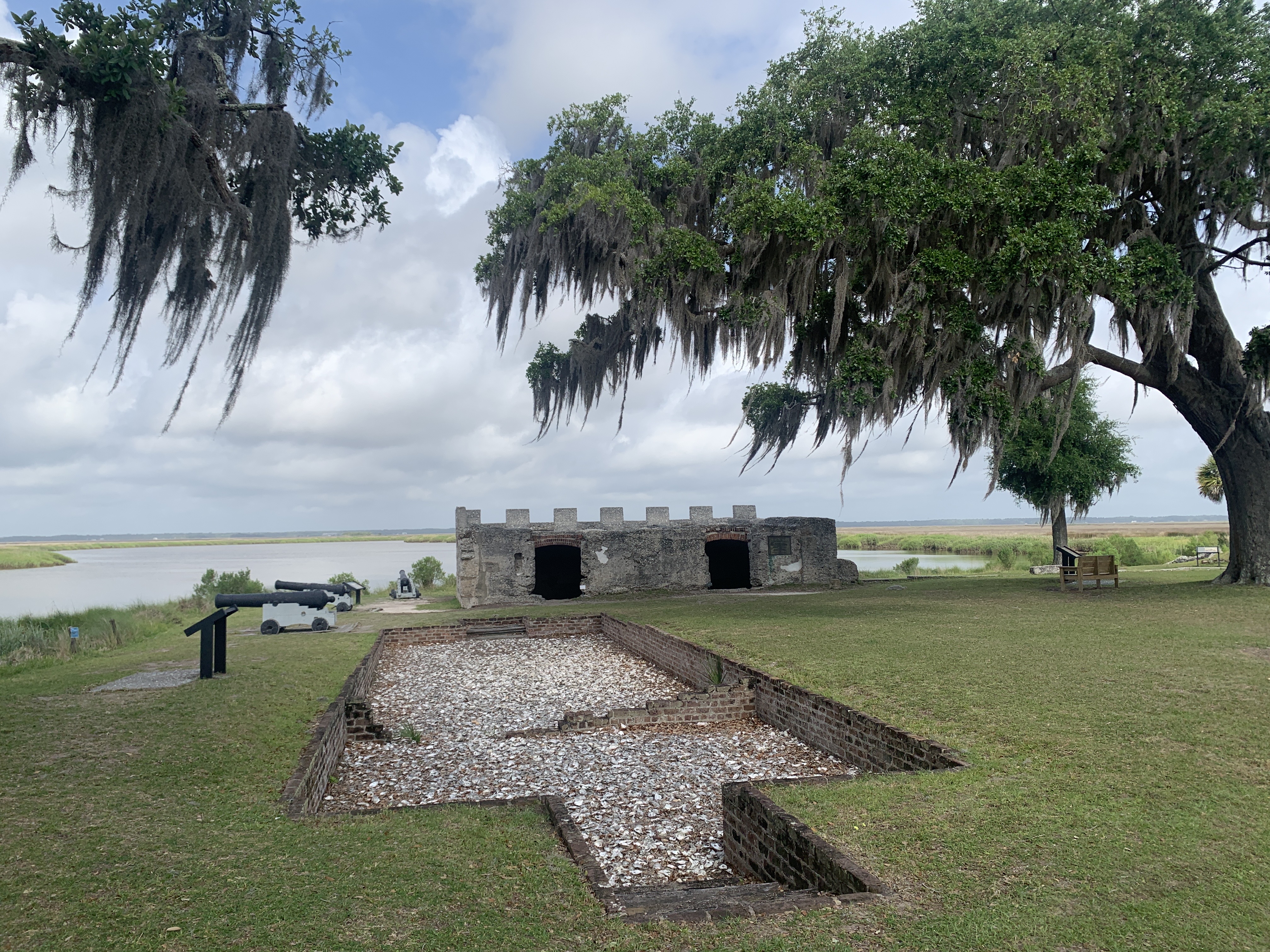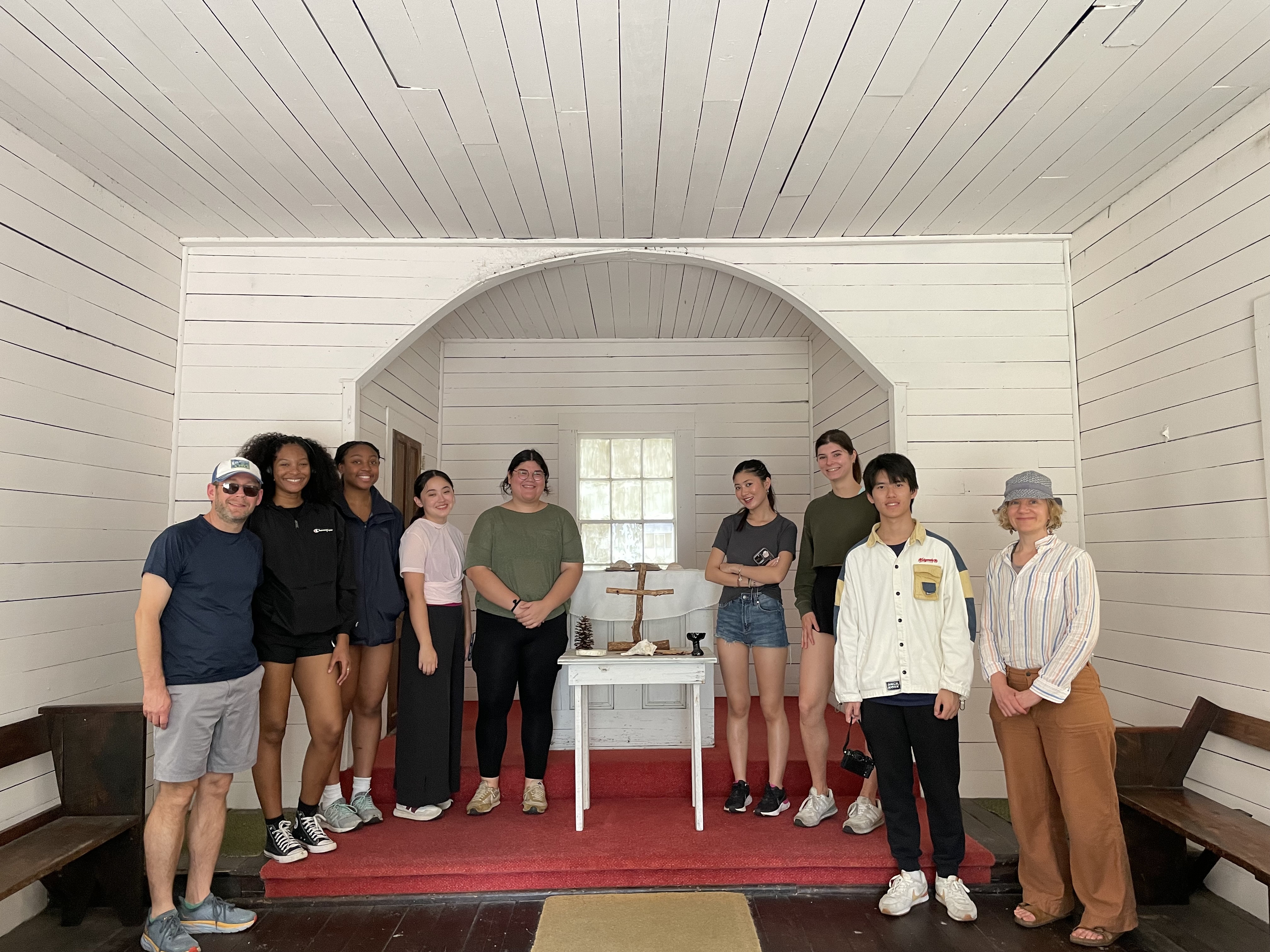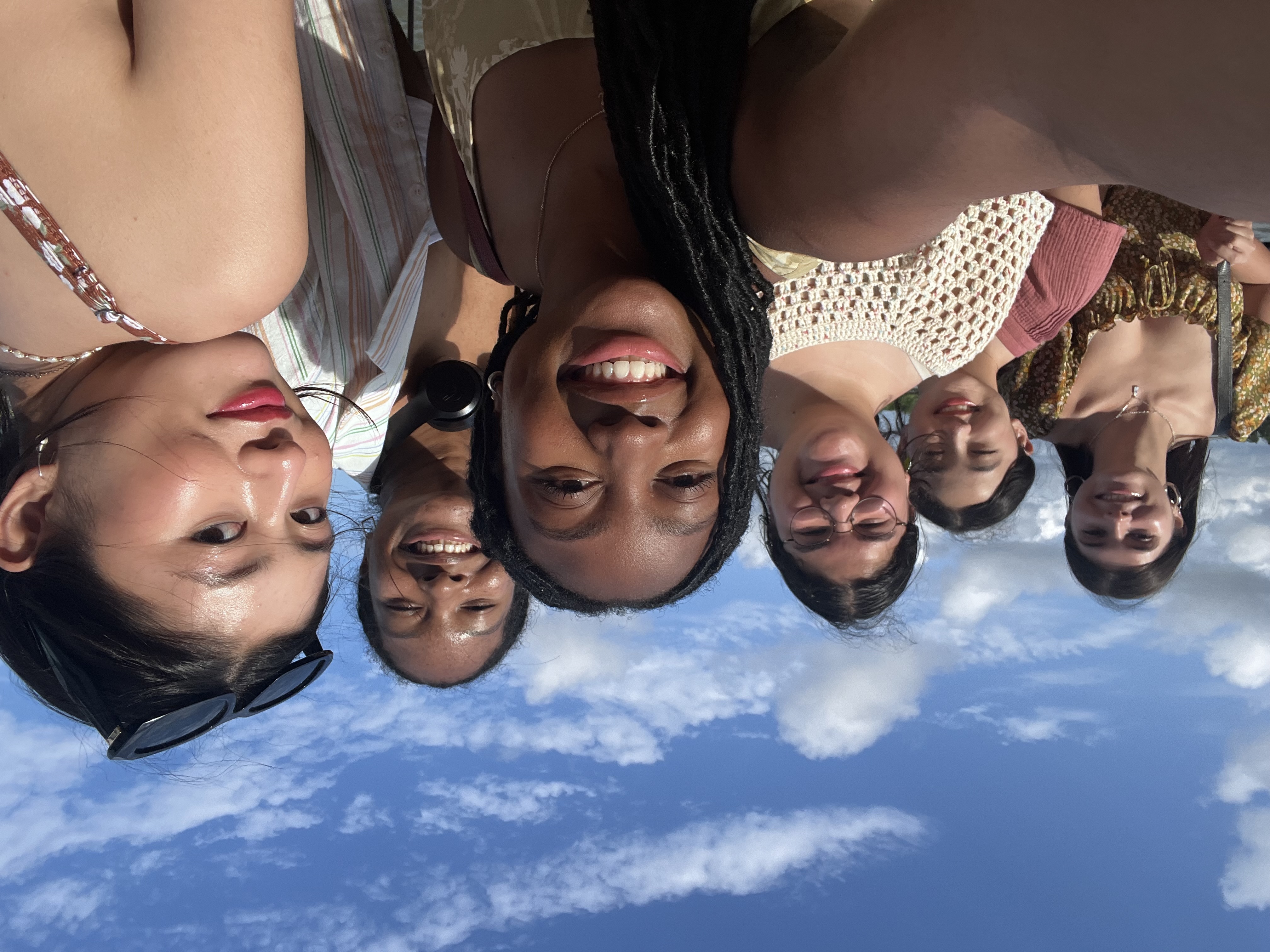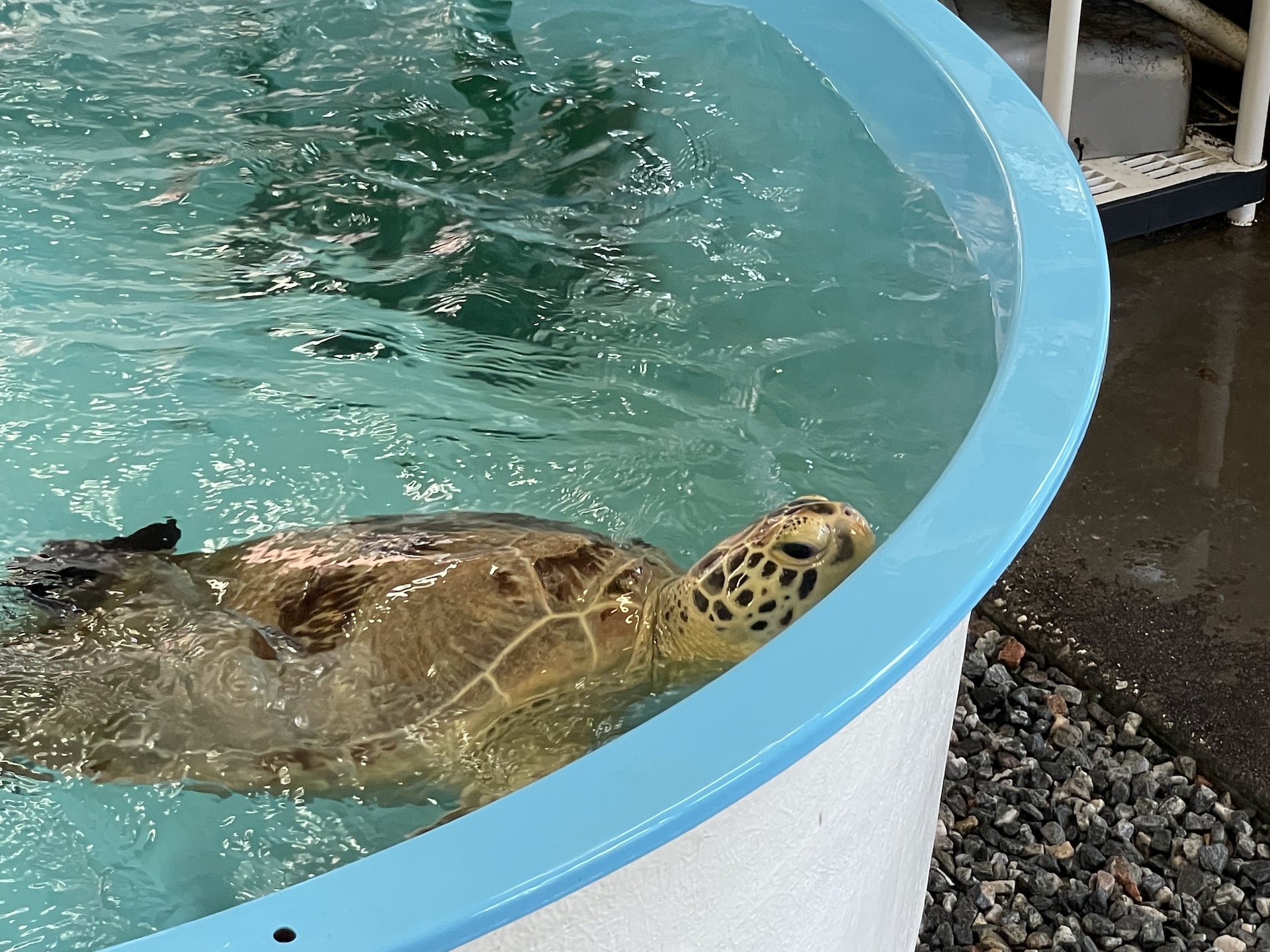Oxford students explore history and culture of Georgia Coast
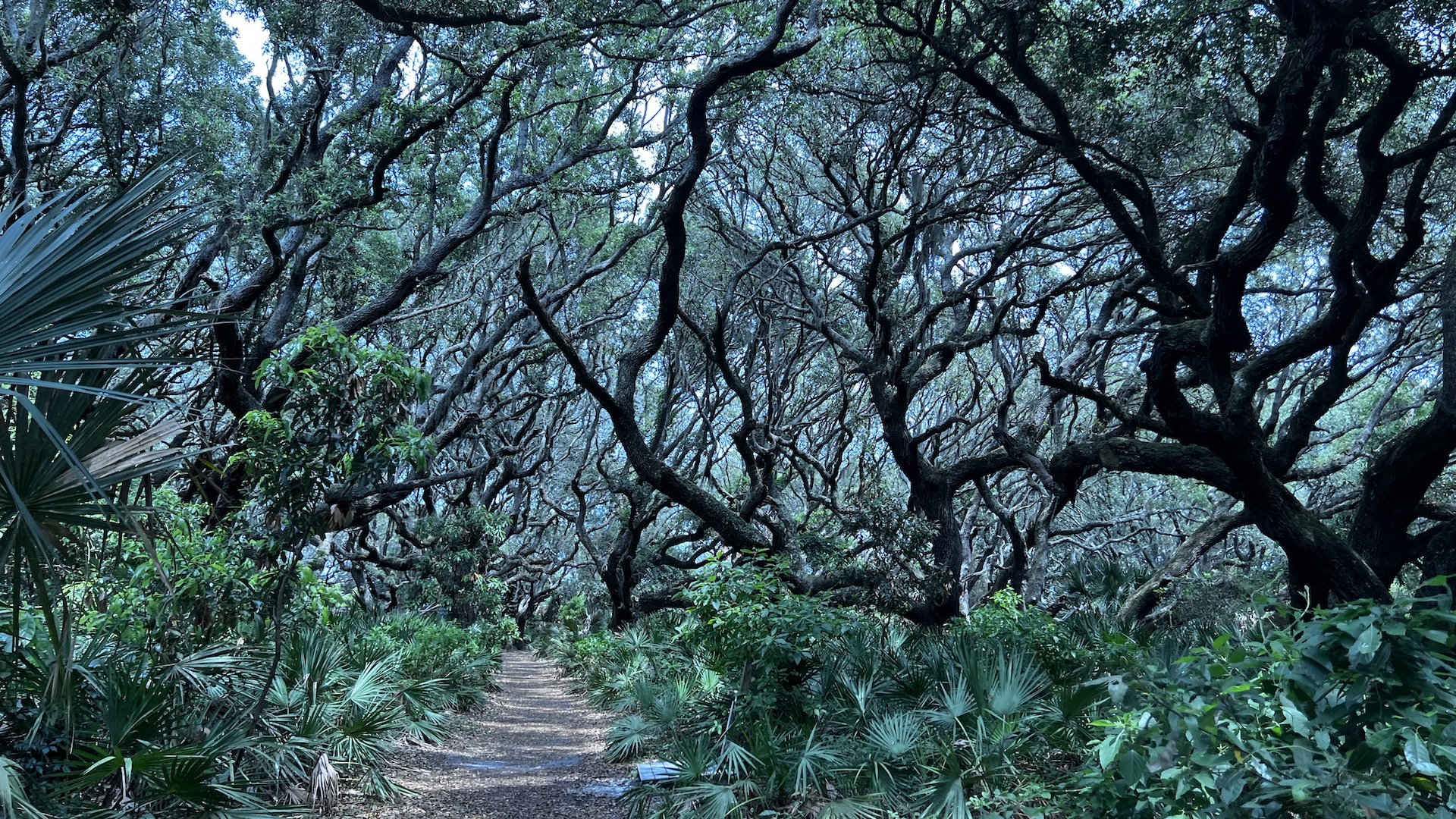
On a trip to Georgia's scenic coastline, a group of Oxford students explored the state's barrier islands and learned about the history and culture of the region.
The remote islands off the Georgia coast are home not only to pockets of verdant wilderness, but also to a rich history of people and culture.
In May, seven Oxford students experienced these outer edges of the low country firsthand, as they traveled with Chaplain Lyn Pace and Assistant Professor of Anthropology Jessica Ham to Sapelo, Cumberland, St. Simon’s, Jekyll Island, and—back to the mainland—Savannah. On the coast, they learned about modern life in the region, as well as the people and environmental and cultural forces that define it. Sponsored by the Office of Religious and Spiritual Life and the Pierce Program in Religion, the trip was an extension of the Emory Purpose project, part of the university’s commitment to support student flourishing.
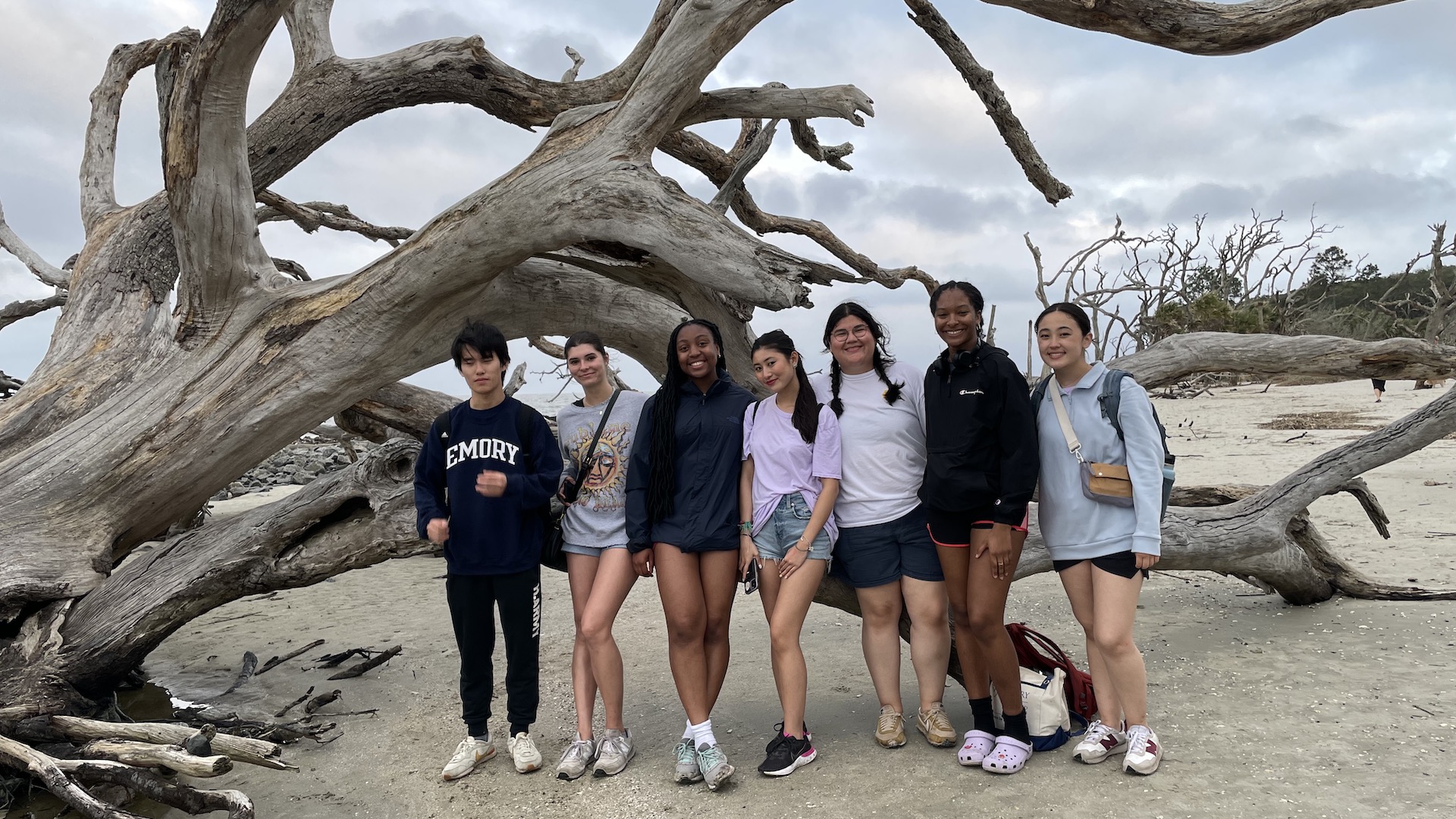
Knowing this history, especially as it relates to Oxford’s home state, “helps us know the context of our community, our state, our region, and that shapes who we are and how we’re living our lives.”
Doreen Okeh, who graduated from Oxford just before the trip, enjoyed the scope of life, history, and culture she encountered on the islands: “I was able to immerse myself in the diverse cultures woven by both the indigenous and newly-integrated residents of Georgia,” she said. “The chance to explore Coastal Georgia was a remarkable journey."
The first day of exploration was to Cumberland, an undeveloped island under federal management known for its pristine beaches and wild horses. In the days before the Civil War, it was part of the plantation economy, and in the early 20th century became a retreat for the Carnegies, who at one point owned most of the island.
After a tour around Cumberland—and before hitting the beach—students discussed narratives of the plantation era South and the way history is told and engaged with in the present: What stories do they hear, and what stories do they not hear?
Ham encouraged students to take in the experience through an anthropological lens.
“As an anthropologist, when I’m out and about in the world, I’m really looking to understand the complexities and nuances of people’s lived experiences,” she said. “I’m looking for the connections and disconnections to our studies, and I’m looking to see where things make sense or other things are being overlooked.”
This advice was applicable to the Cumberland visit, but also to the group’s two days on Sapelo.
There, they saw a Native American shell ring more than three millennia old, then toured the ruins of Sapelo’s Chocolate Plantation—a large 19th century operation that saw its main house burn to the ground in the 1850s. As they walked through the ruins, they encountered the old bones of the house, the slave quarters, and a barn—all reminders of the history that shaped the Sapelo of today.
On the second day, the group learned about just that—Sapelo in the modern world. They were accompanied by the spouse of one of the 30 or so true descendants still on the island of the formerly enslaved West Africans, known as the Geechee. She led them in a discussion of how the Geechee have kept their vibrant culture alive amid many challenges.
For Oxford student Laurel Garcia, the trip to Sapelo was a highlight because it included discussion on how the island’s rich natural resources came to exist and are currently used—both topics of particular interest as she continues to study biology, ethnobotany, and environmental science.
“I’d taken one of Dr. Ham’s classes, and so it was an interesting experience to travel with her and learn about how history has changed,” she said. “With every island there was a different group of people who lived there [that were connected to its history].”
This sort of exploration is at the heart of learning new things for Ham.
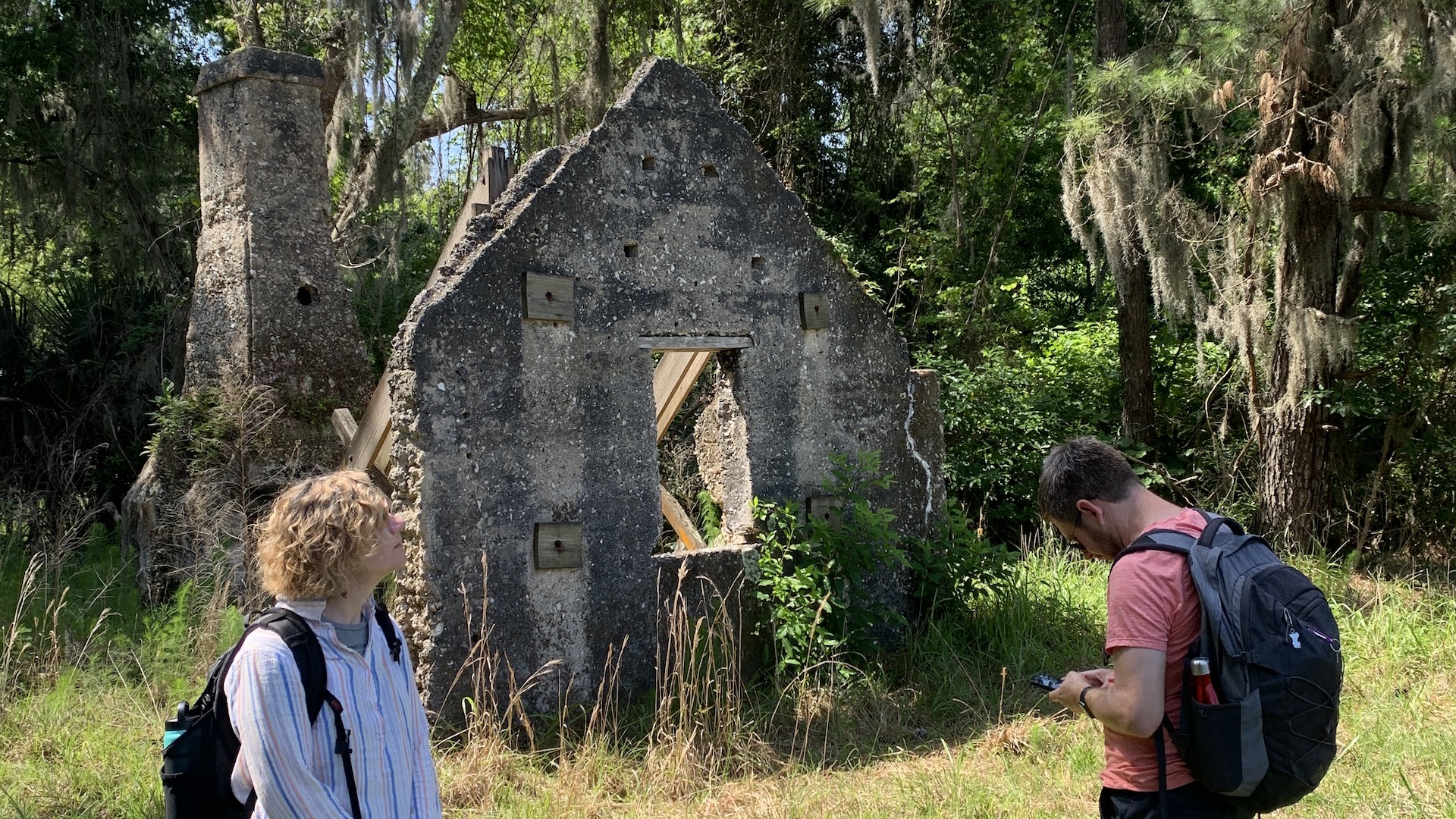
The group stayed on St. Simon’s and from there also made a trip to Jekyll Island and Savannah. On Jekyll, they went to a sea turtle sanctuary, walked along The Wanderer Memory Trail—named in remembrance of the enslaved people brought over on the ship of the same name—and relaxed at Driftwood Beach. In Savannah, they explored the historic downtown district and ate at The Grey—a restaurant known for its locally-sourced food and its adventurous take on Southern cuisine.
For Pace, the importance of a trip like this is not just learning the history, but also having new experiences and getting students out of their comfort zones—whether that meant kayaking in the intercoastal waterways or, in the case of Garcia, trying new food.
“That was the first time I ever had fresh, raw oyster,” Garcia said. “And it was cool because it was also the first time for another student, so we each decided to keep the shell as memorabilia.”
“This is one of the best parts of what I get to do,” Pace said. “Getting to step back and watch someone experience something for the first time, especially outside their typical classroom environment. Travel is one of the biggest ways we grow. We are literally broadening our horizons.”
